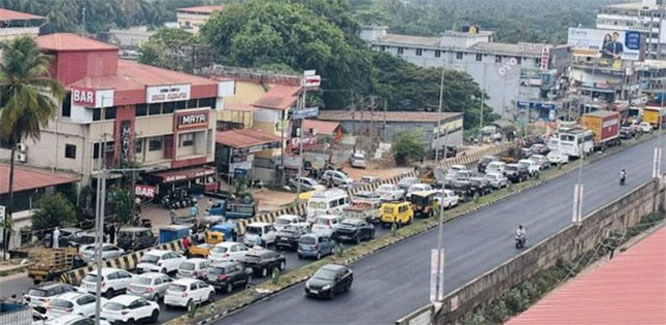
New Delhi: The Election Commission on Sunday made public fresh data on electoral bonds, which it had submitted in sealed covers to the Supreme Court and was later asked to put it in public domain.
These details are believed to be pertaining to the period before April 12, 2019. Electoral bond details after this date was made public by the poll panel last week.
The BJP encashed electoral bonds totalling Rs 6,986.5 crore; maximum Rs 2,555 crore received in 2019-20, as per the EC data.
The Trinamool Congress received Rs 1,397 crore through electoral bonds, second largest recipient after BJP, as per the EC data.
On the other hand, the Congress redeemed a total of Rs 1,334.35 crore through electoral bonds.
DMK received Rs 656.5 crore through electoral bonds, including Rs 509 crore from lottery king Santiago Martin's Future Gaming.
BJD encashed electoral bonds worth Rs 944.5 crore, YSR Congress Rs 442.8 crore, TDP Rs 181.35 crore.
Political parties had filed data on electoral bonds in sealed cover as directed by the Supreme Court's interim order dated April 12, 2019, the poll panel said in a statement.
"Data so received from political parties was deposited in the Supreme Court without opening sealed covers. In pursuance of the Supreme Court's order dated March 15, 2024, the Registry of the Supreme Court has returned physical copies along with a digitized record of the same in a pen drive in sealed cover. The Election Commission of India has today uploaded the data received in the digitized form from the registry of the Supreme Court on electoral bonds on its website," EC said.







Comments
Add new comment